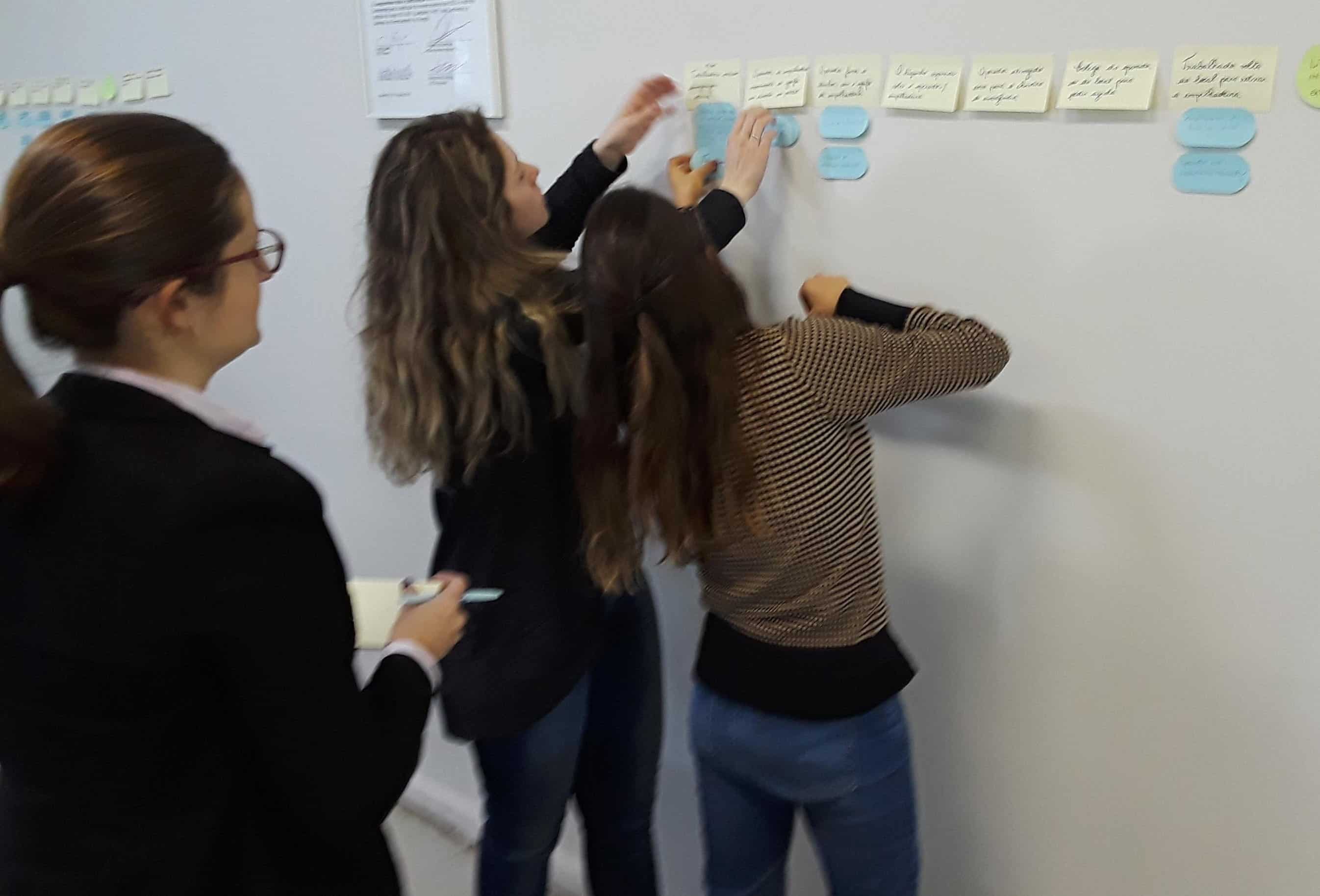Patient Safety Awareness Week?

Patient Safety Week or 365 Days…
The Institute for Healthcare Improvement sponsors an annual Patient Safety Awareness Week recognition event to encourage everyone to learn more about patient safety. It happens this week. Patient Safety Awareness Week is recognized by other healthcare organizations, for example:
- Center for Patient Safety
- American Hospital Association
- Institute for Healthcare Improvement
- Agency for Healthcare Research and Quality
- ASHRM
- The American Society of Health-System Pharmacists
While spreading the word about patient safety is noble, I can’t see why this isn’t a 365-day-a-year effort. We need much more than a Patient Safety Awareness Week. Let me explain.
Fatalities and Patient Harm in the Healthcare Setting
In 1999, the Institute of Medicine performed a study (“To Err is Human“) that estimated about 98,000 people were killed each year by medical errors in hospitals.
A 2013 study based on four published studies estimated that:
…the true number of premature deaths associated with preventable harm
to patients was estimated at more than 400,000 per year.
Another 2013 study by John James estimated 440,000 needless deaths by medical errors each year.
A 2016 Johns Hopkins study estimated the yearly toll at 250,000 needless deaths per year.
So is it 98,000, 250,000, or 400,000, or 440,000 deaths per year? We don’t know, but we think you would agree … It is TOO MANY. And perhaps even more amazing is that the difference between the low estimate of deaths and the high estimate is 342,000 people. That’s enough to fill a pretty good-sized city.
Let’s use 100,000 people dying as an estimate. Shouldn’t that require more than a week of spreading the word about patient safety?
And if you think about the number of deaths at the average hospital per day (6,000 hospitals in the USA), you get the following estimated deaths…
- (98,000 ÷ 6,000) ÷ 365 = 0.04 needless deaths per day (1.4 deaths per month).
- (250,000 ÷ 6,000) ÷ 365 = 0.12 needless deaths per day (3.5 deaths per month).
- (440,000 ÷ 6,000) ÷ 365 = 0.2 needless deaths per day (6.1 deaths per month).
That’s between 268 to 1,205 deaths per day at average sized hospitals across the USA. Your odds of a needless death after being admitted to a hospital (on average 34,251,159 people are admitted in the US each year) are somewhere between 0.29% and 1.3%. But the US isn’t the most risky place to be admitted. A different study published these estimates of an error needlessly killing you in a hospital in these countries:
- UK – 5% to 10%
- Canada – 7.5%
- New Zealand – 12.9%
- Australia – 16.6%
So, if you are in the US, imagine 1,000 people waiting in line to be killed by an error in a hospital this year…

That’s shocking. What can we do that goes beyond Patient Safety Awareness Week?
Why Aren’t We Improving Patient Safety
There isn’t a study showing that patient safety is improving in the USA. Why isn’t patient safety improving across the USA (or around the world)? Here are some ideas:
- A blame culture in the healthcare industry (read more HERE).
- Inadequate staffing (read about an example HERE).
- Poor root cause analysis and corrective actions for sentinel events (see examples HERE and HERE).
- A medical system that continues to become more complex each year.
Four years ago, Marcus Miller and Benna Hughes discussed ideas to help improve patient safety…
What about blame? Here is an interesting video about the recent Vanderbilt Hospital/RaDonda Vaught criminal prosecution for a patient safety error…
And here is another video about the RaDonda Vaught prosecution…
We had RaDonda Vaught speak at our Summit and her story was even worse than the information in these videos. Blame is an issue that needs to be overcome.
What about the problems with healthcare root cause analysis? CLICK HERE for a whole article about the topic.
Improve Your Root Cause Analysis
Going beyond blame, are you interested in advanced root cause analysis that guides investigators to root causes they previously would not have identified and develops more effective corrective actions? Root cause analysis that does not encourage blame? Have a look at these two healthcare related root cause analysis success stories:
- Finding Root Causes Without Focusing on Blame
- Improved Medication Administration By Using FMEA and TapRooT to Proactively Analyze the Process
Continue to read on for a couple of actions you can take.
The first action is to attend one of our TapRooT® Root Cause Analysis Courses. I suggest taking the 5-Day TapRooT® Advanced Root Cause Analysis Team Leader Course. Or, for the fastest way to learn TapRooT® RCA is to take the 2-Day TapRooT® Root Cause Analysis Course. See our public course dates and locations at THIS LINK.
The Second action is to attend a pre-Summit Course and the 2025 Global TapRooT® Summit.
You can attend the 2-Day TapRooT® Root Cause Analysis Course on September 29-30 (one of the 11 pre-Summit Courses) and one of the eight Best Practice Tracks at the 2025 Global TapRooT® Summit being held on October 1-3 in Knoxville, Tennessee. Some of the Best Practice Tracks that might interest you include:
- Improvement Program Best Practices Track
- High-Reliability Organization Best Practices Track
- Investigations & Root Cause Analysis Best Practices Track
- Human Performance Best Practices Track
Click on the links above for more information about a track.
Plus, you will hear from our five Keynote Speakers…

Don’t miss this opportunity to learn more about root cause analysis and patient safety. REGISTER for a pre-Summit Course and the Summit now.




